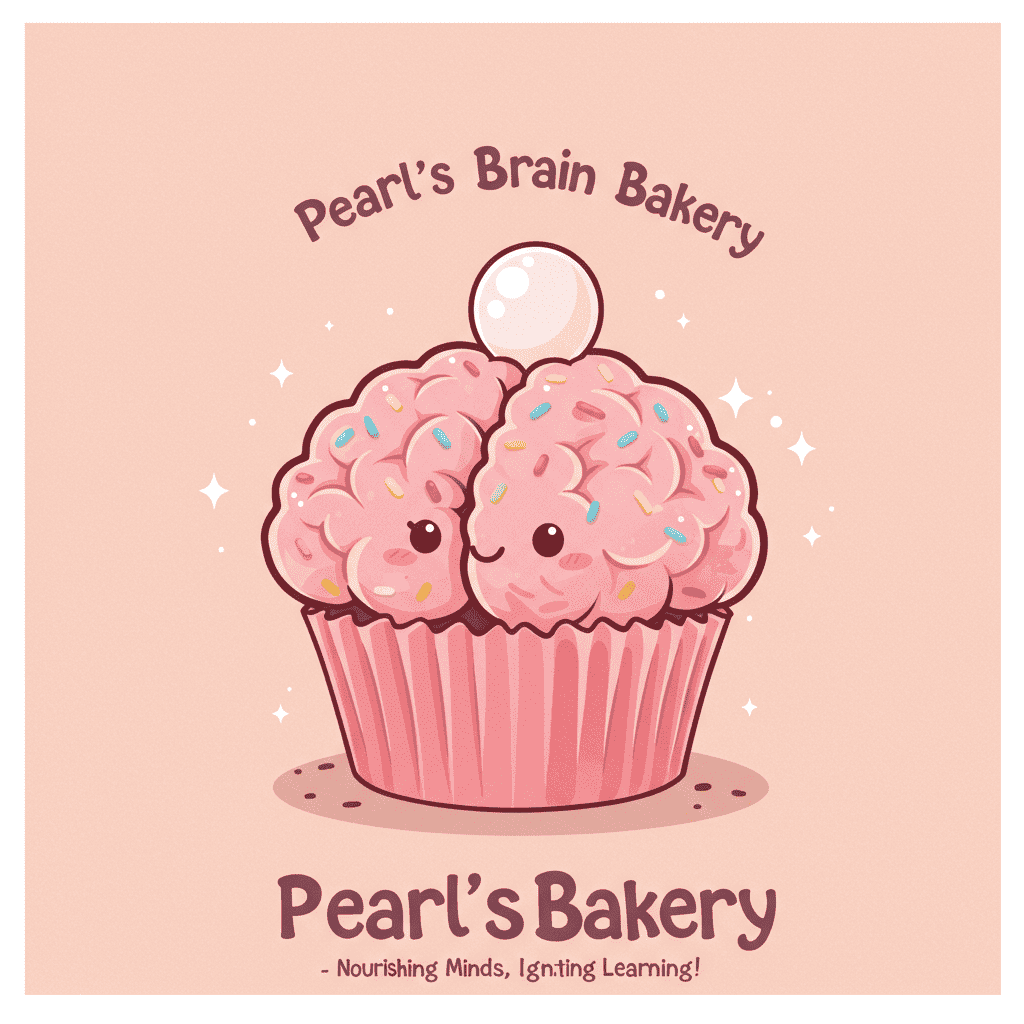Imagine walking into a room and being introduced not by your name, but by a label that defines a part of your identity, often one related to a challenge you face. “Meet my Diabetic Patient,” or “This is our Unemployed Person.” It feels reductive, doesn’t it? Yet, in educational and social settings, we often hear and use terms like “SEND Child,” “Autistic Child,” or “ADHD Student” – stripping individuals of their personhood and reducing them to a diagnostic category or an educational need.
This isn’t just about semantics; it’s about dignity, identity, and the profound impact of language on how we perceive and interact with others.
The Problem with Labels First
The term SEND (Special Educational Needs and Disabilities) was created to categorize needs within a system, to allocate resources, and to identify specific support. In that administrative context, it serves a purpose. However, when it slips from being a systemic category to a personal identifier, it becomes problematic:
- Dehumanization: Calling a child “a SEND child” immediately places the label before the person. It implies that their entire identity is defined by their special educational needs, overshadowing their personality, their talents, their dreams, and their unique individuality.
- Stigma and Othering: Labels can create an “us vs. them” mentality. A child described as “a SEND child” can be unintentionally set apart from their peers, seen as fundamentally different rather than simply a child with specific learning or developmental needs.
- Focus on Deficit: Labels often highlight what a person can’t do or what’s “wrong” with them, rather than focusing on their strengths, potential, and capabilities. It can inadvertently frame them through a lens of deficit rather than diversity.
- Internalized Identity: When children repeatedly hear themselves identified by a label, they can internalize it, potentially impacting their self-esteem and self-perception. “Am I just my autism? Is that all people see?”
The Power of Person-First Language
The solution is simple yet powerful: person-first language.
Instead of:
- “a SEND child”
- “an autistic child”
- “an ADHD student”
We should say:
- “a child with SEND”
- “a child with autism” or “an autistic child” (Note: Many autistic individuals prefer “autistic person” or “autistic child” as they view autism as an inherent part of their identity, not something they “have.” Always respect individual preference if known).
- “a student with ADHD”
This seemingly small shift in wording makes a monumental difference:
- It prioritizes the individual: The child is a child first, with their own name, personality, and unique traits. Their needs or diagnosis come second.
- It fosters inclusivity: It subtly communicates that the child is part of the larger group, not fundamentally separate.
- It promotes respect and dignity: It acknowledges their humanity and avoids reducing them to a diagnostic category.
- It encourages a strengths-based perspective: When we see the person first, we are more likely to seek out and celebrate their strengths and abilities.
Beyond Language: A Mindset Shift
While person-first language is crucial, it’s just the tip of the iceberg. True change requires a deeper mindset shift in how we view neurodivergent individuals and those with additional needs:
- Embrace Neurodiversity: Understand that neurological differences are a natural part of human variation, not something to be cured or fixed.
- Focus on Strengths and Potential: Actively seek out and nurture the unique talents and abilities each child possesses.
- Listen to Lived Experience: Learn from autistic individuals, individuals with ADHD, and others with lived experience about what truly helps them thrive.
- Individualize Support, Don’t Generalize: While labels might guide initial understanding, remember that every child is unique. Their support should be tailored to their specific needs and preferences.
- Champion Belonging: Ensure that every child feels valued, understood, and an integral part of their classroom and community.
The next time you refer to a child who requires additional support, pause and choose your words carefully. Ask yourself, “Am I seeing the child, or just the label?”
Because ultimately, their name isn’t “SEND Child.” It’s Liam, or Maya, or David, or Chloe. And they deserve to be seen, respected, and referred to as the incredible individuals they are. It’s time to call children by their names, not by their needs.
